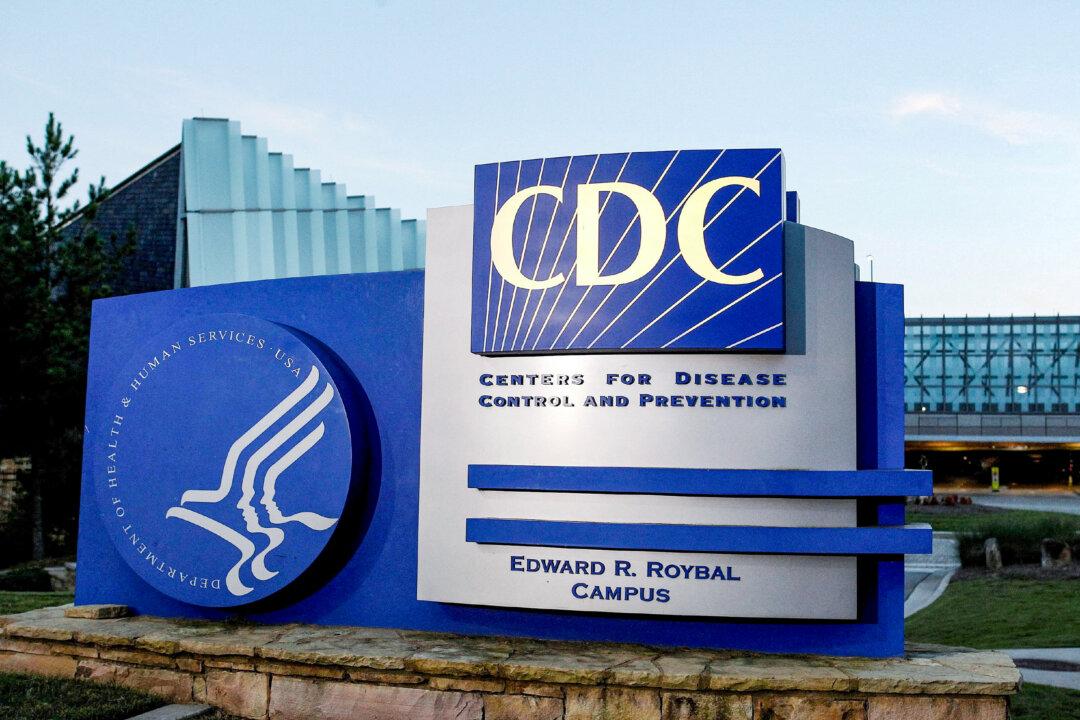The Centers for Disease Control and Prevention issued a new health advisory this week regarding measles infections for international travelers ahead of the summer travel season.
The agency issued its latest health advisory on Wednesday urging Americans to “be on alert for cases of measles” and advising parents to make sure their families are up-to-date on the measles, mumps, and rubella (MMR) vaccine.





